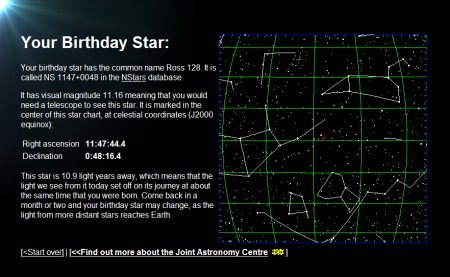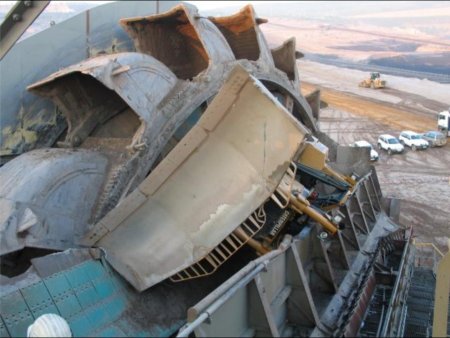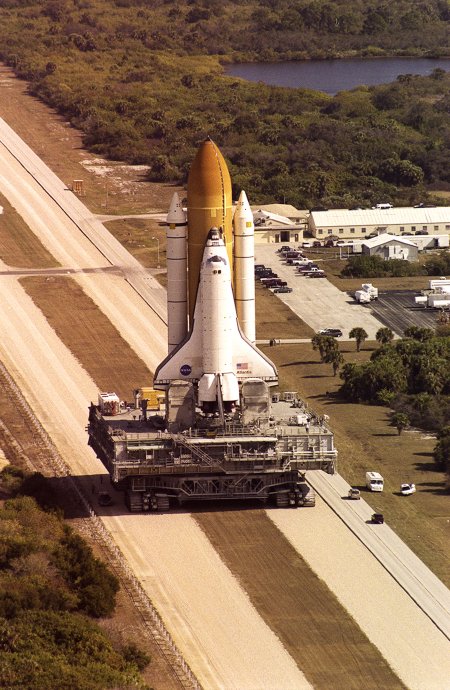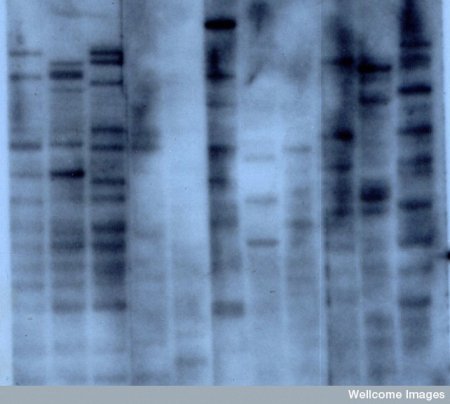Some stars are so far away that the light from them, even travelling at 670 million miles per hour, hasn’t yet reached Earth.
There is a star somewhere in the Universe called your Birthday Star: the light we see from it today is light that left the star at the same time you were born.







